When is it Time to Replace Your Furniture?
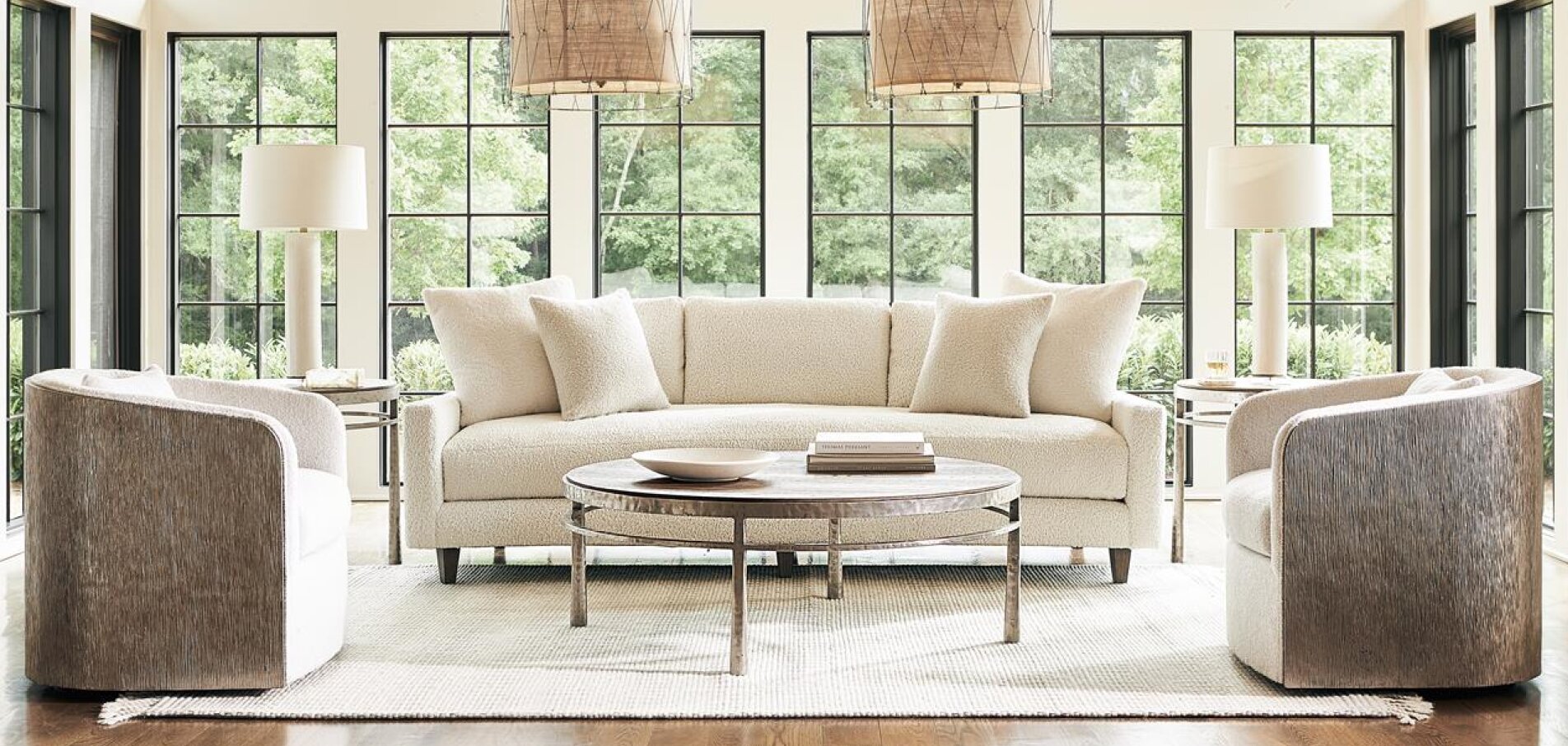
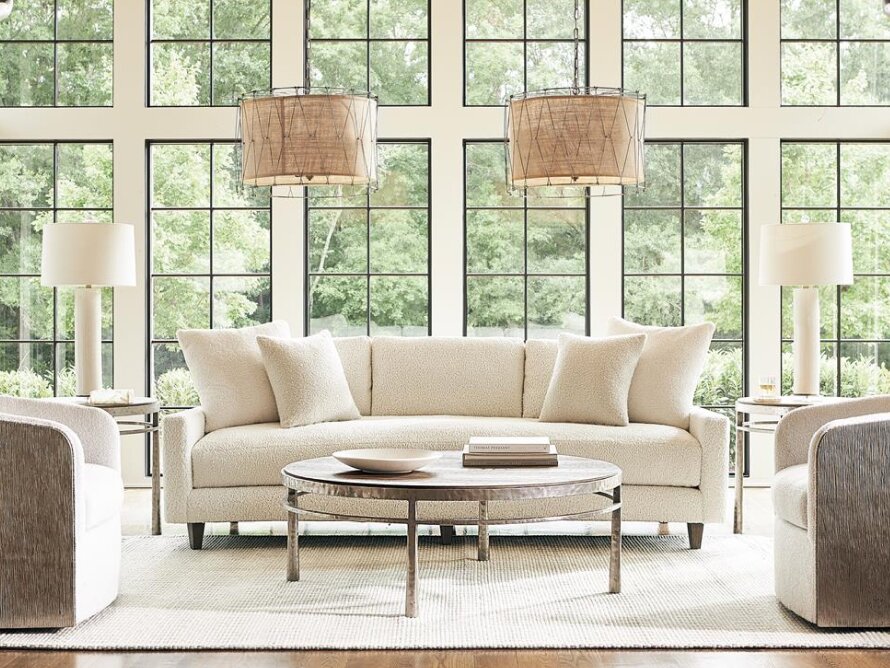
From a scratchy sofa to a sagging bed, replacing your furniture at the right time can have a long-lasting positive impact for your family and guests. Follow along to learn how you can create a stylish and comfortable home with timely updates.
When to Replace Living Room Furniture
The living room, a space for comfort and conversation, is one of the most heavily used areas in the house. Updating the furniture will refresh your space and enhance your everyday.
•
Sofas & Sectionals
On average, your couch can last from 7–15 years. Odors, scratchy and rough texture, or changes in surrounding decor may mean it’s time for an update. Though cloth and leather will fray with everyday use, the material is beyond mending when it starts to expose the inside padding.
If you notice your couch is starting to creak or its legs are wobbly, it could mean that the sofa’s structure is in question. Also take note of sagging cushions or if people have trouble getting on and off the couch.
If you notice your couch is starting to creak or its legs are wobbly, it could mean that the sofa’s structure is in question. Also take note of sagging cushions or if people have trouble getting on and off the couch.
Shop Sofas & Sectionals
•
Upholstered Chairs
Depending on how much you use an upholstered chair, they can last as long as your couch. If used daily, it will last about seven years. If it’s more of a decorative addition to your living room, it’ll last about 15 years—or 20 if it’s made of genuine leather.
Shop Upholstered Chairs
•
Coffee Tables & Side Tables
Coffee and side tables have a varied lifespan, from 5–25 years. Because they’re used so frequently, over time it’ll accrue cup rings, chipped paint, sun-bleached finish, and the structure will deteriorate. Unsteady legs are a major signal for an upgrade.
Shop Side Tables
•
Rugs
Though made to last, the lifespan of a rug is typically around 10 years. For longevity, you can diligently clean stains and vacuum every week. But with daily interaction, your rug will inevitably flatten where it undergoes the most stress, colors will dull, and stains will stubbornly remain.
Shop Rugs
Tips for Refreshing the Living Room:
•
Choosing a neutral color palette for your big furniture pieces—like couches, recliners, or upholstered chairs—will help you keep up with ever-changing trends and style preferences.
•
Solid wood frames with reinforced joints will last longer than other designs.
•
If you’re going for a specific style, we recommend making smaller furniture—like the coffee and side tables, rugs, or new fixtures—your accent pieces.
Shop Living Room Furniture

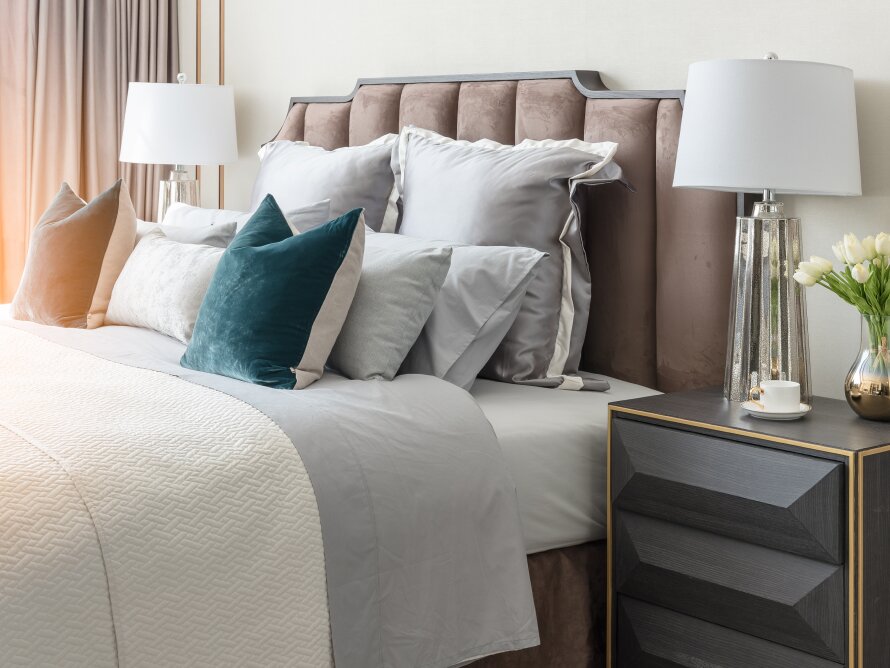
When to Replace Bedroom Furniture
As a haven for rest and recuperation, the quality of your bedroom furniture should be top priority. While we often focus on the mattress, don’t overlook other elements.
•
Mattresses
Depending on your mattress type, they typically last between 7–10 years. If you’re experiencing uneven support, worsening allergies, stiff muscles, or notice odors that won’t come out, it’s time to upgrade.
Shop Mattresses
•
Bed Frames & Headboards
In general, bed frames can last from 5–20 years, while metal bed frame can last from 10–15 years. Bearing more than its weight limit and excess jostling will cause a bed frame to wear down more quickly. Any creaking or shaking is a sign for an update.
Hanging headboards can almost last a lifetime. Signs that your headboard needs a facelift include unstable frames or stubborn stains in upholstery designs.
Hanging headboards can almost last a lifetime. Signs that your headboard needs a facelift include unstable frames or stubborn stains in upholstery designs.
Shop Bed Frames & Headboards
•
Bedding & Pillows
We recommend replacing your bedding every two to five years, depending on how often you use and wash them. Linen and 100% Egyptian cotton linens are renowned as the most durable sheets. Follow your manufacturer’s instructions to extend the life of your pillow and bedding. Generally, washing and drying them periodically and using a pillow protector will help.
For pillows, we recommend an update every one to two years. If your pillow no longer supports your neck and spine, you can’t get comfortable, or there’s a yellow stain forming, it’s time for a change.
For pillows, we recommend an update every one to two years. If your pillow no longer supports your neck and spine, you can’t get comfortable, or there’s a yellow stain forming, it’s time for a change.
Shop Bedding
•
Nightstands
Nightstands follow the same rules as coffee tables and side tables. They can last anywhere between 5–25 years. Unstable legs, sun-bleached finish, cup rings, and chipped paint are all indications of an upgrade.
Shop Nightstands
•
Dressers
Drawers slipping from their tracks is the perfect sign it’s time for a change. Dressers last 10–20 years, depending on materials and design. Keep an eye out for an uneven base and knobs that need tightening every time you open the drawer.
Shop Dressers
Tips for Refreshing the BedRoom:
•
Nightstands and dressers don’t have to match your bed frame. Switch up your set by playing with shapes and sizes to create visual interest in the room. If your bed frame is simple, try nightstands and dressers that are bolder.
•
If your bedroom is low on space, choose one bulky nightstand with drawers and post a suspended nightstand on the other side.
•
Create dimension with a different style or wood tone in the dresser.
Shop Bedroom Furniture
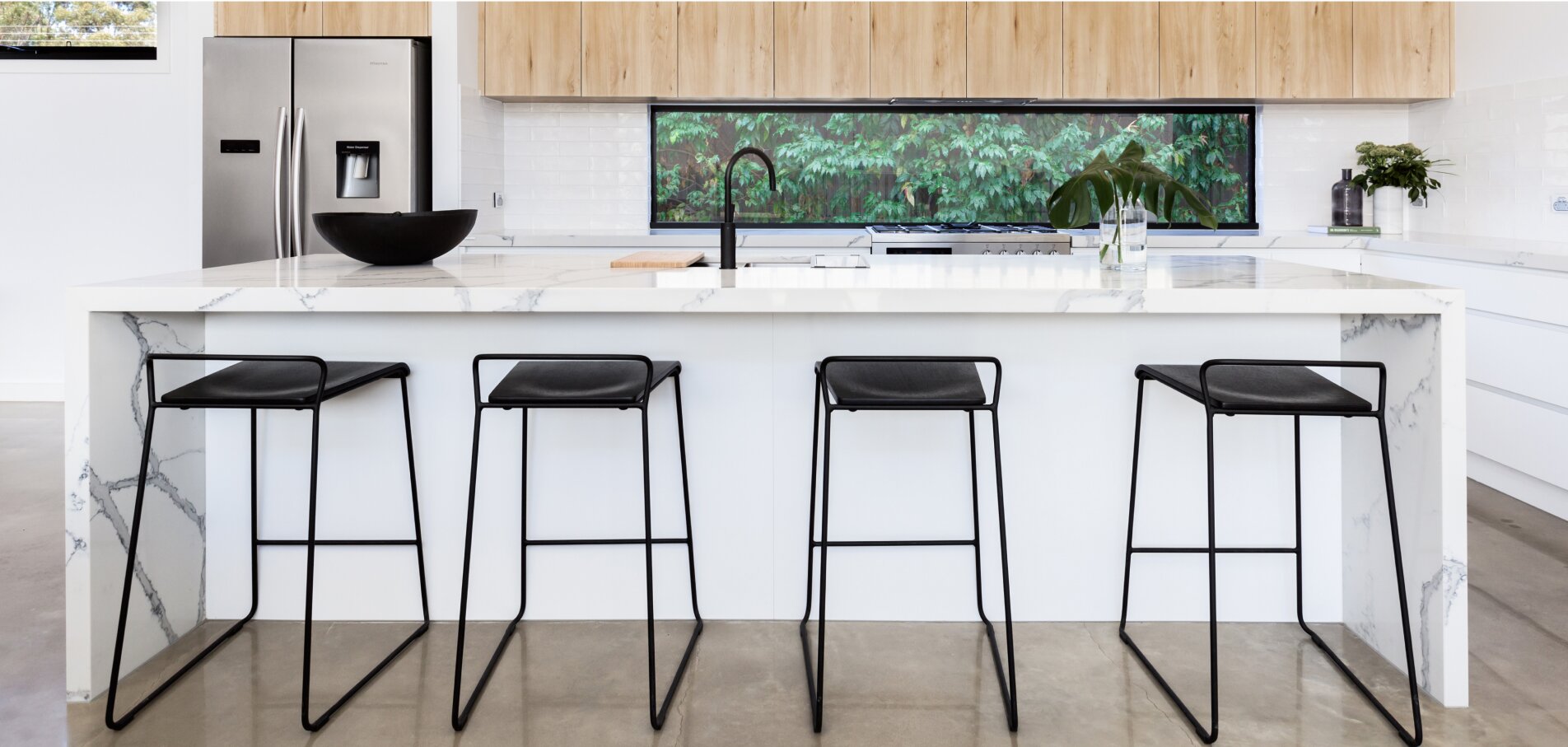
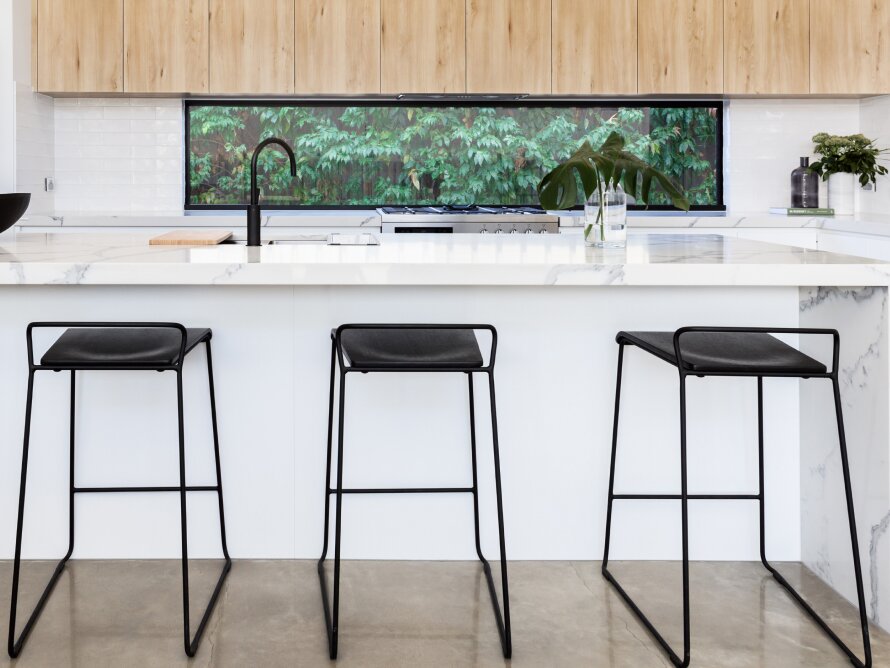
When to Replace Kitchen Furniture
The kitchen is much more than just a place for cooking. These days, kitchens can be their own venue for socializing, homework, and more.
•
Kitchen Islands
Depending on the design and materials, the kitchen island structure and cabinetry can last up to 20 years. Countertops made of soft and renewable wood have the shortest lifespan, needing an update every 10–30 years. Granite tops have been tested to last over 100 years.
If your kitchen island has wheels or legs, we recommend routinely checking their stability for safety reasons. Permanent stains, scratches, warped wood, rusted hinges, rotting wood, and embedded mold are all reasons to change it out.
If your kitchen island has wheels or legs, we recommend routinely checking their stability for safety reasons. Permanent stains, scratches, warped wood, rusted hinges, rotting wood, and embedded mold are all reasons to change it out.
Shop Kitchen Islands
•
Barstools
Barstools usually last 5–10 years. Spring for new barstools if you notice wobbly, uneven legs or loose bolts that compromise the integrity of the structure. Wiping and cleaning your barstool every week will extend its life.
Shop Barstools
Tips for Refreshing the kitchen:
•
For countertops, choose your material carefully. Laminate countertops are inexpensive and durable but can be easily scratched and damaged by heat, whereas tile countertops are aesthetically pleasing and able to withstand heat but are more challenging to clean and prone to mold.
•
For wear, tear, or discoloration on the barstool’s seat, you can simply reupholster the material instead of tossing out the entire chair.
Shop Kitchen Furniture
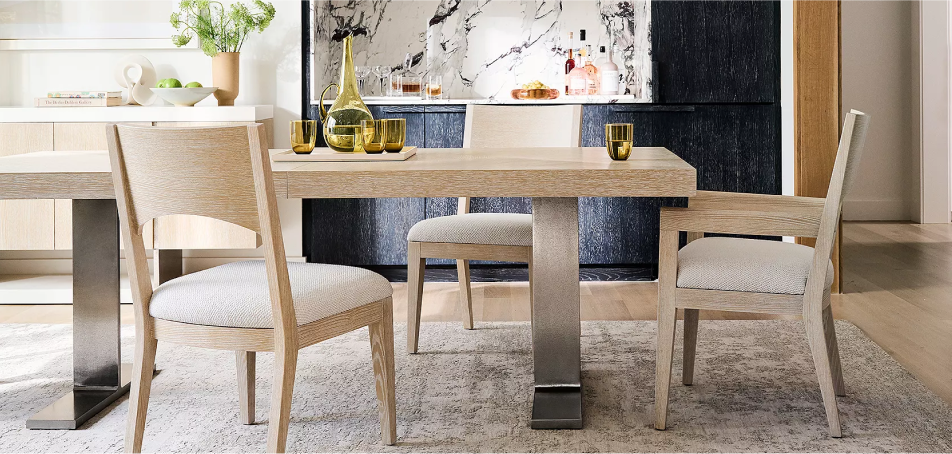

When to Replace Dining Room Furniture
Dining rooms can greatly vary in use—some are used daily, while others are saved for special occasions. The timing for updating a piece will depend on its use and materials.
•
Dining Table
Dining tables on average can last 15–30 years, though it depends heavily on its materials. Inexpensive dining tables can last as little as five years, whereas high-quality ones can last decades.
Unsteady legs and creaking are major red flags that the table’s structure is no longer safe to use and needs to be changed. Permanent cup rings, dents, chipping, and discoloration are other small signs that your table is due for a replacement.
Unsteady legs and creaking are major red flags that the table’s structure is no longer safe to use and needs to be changed. Permanent cup rings, dents, chipping, and discoloration are other small signs that your table is due for a replacement.
Shop Dining Table
•
Dining Chairs
Dining chairs can last around 5–15 years. Because they bear our weight, dining chairs wear down quicker than the dining table. Sinking cushions, wobbly or uneven legs, and tearing or stained upholstery are all signs to upgrade.
Shop Dining Chairs
Tips for Refreshing the Dining Room:
•
Pick a style that helps create a comforting and warm space to enhance a diner’s experience.
•
For wear, tear, or discoloration on the dining chair’s seat, you can simply reupholster the material instead of tossing out the entire chair.
Shop Dining Room Furniture
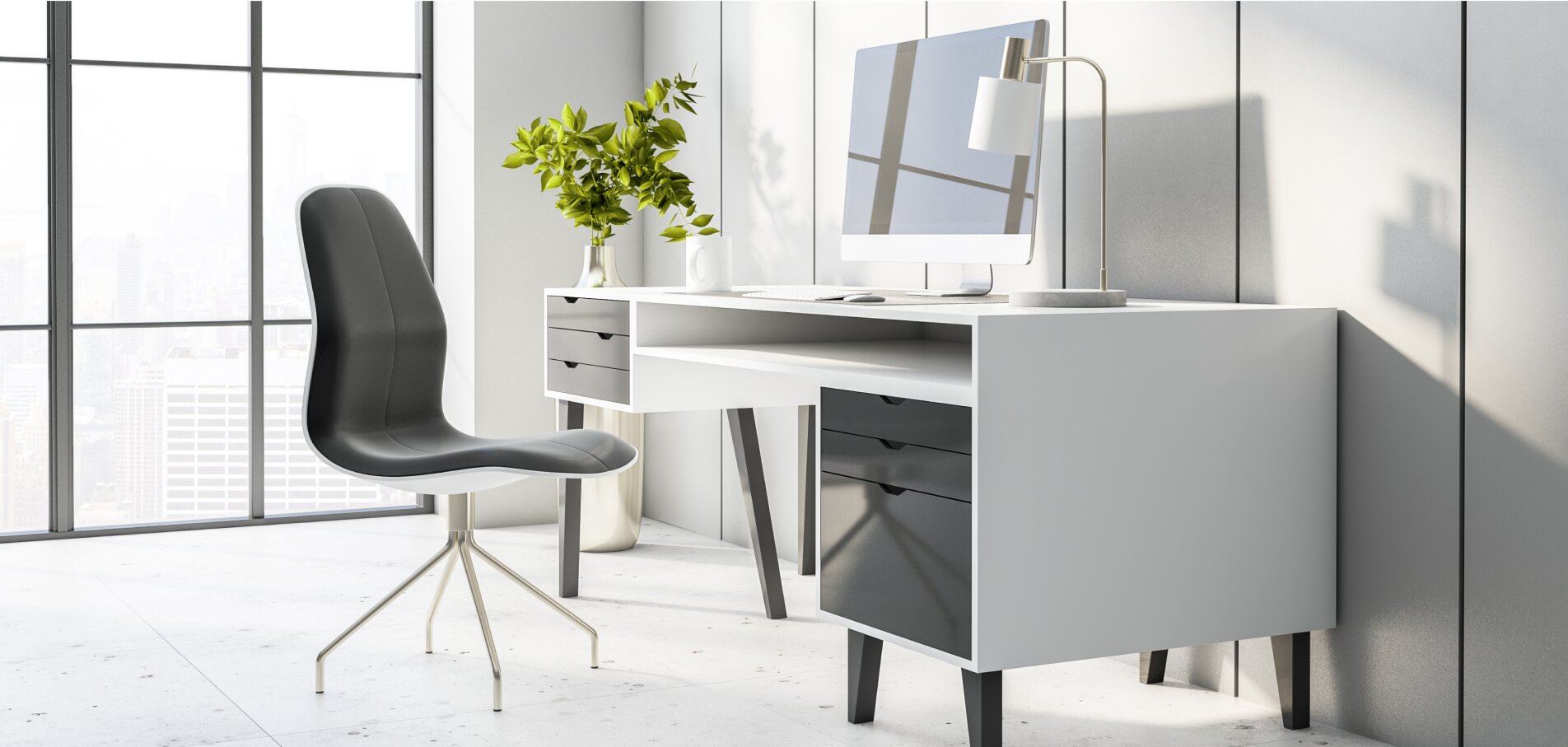
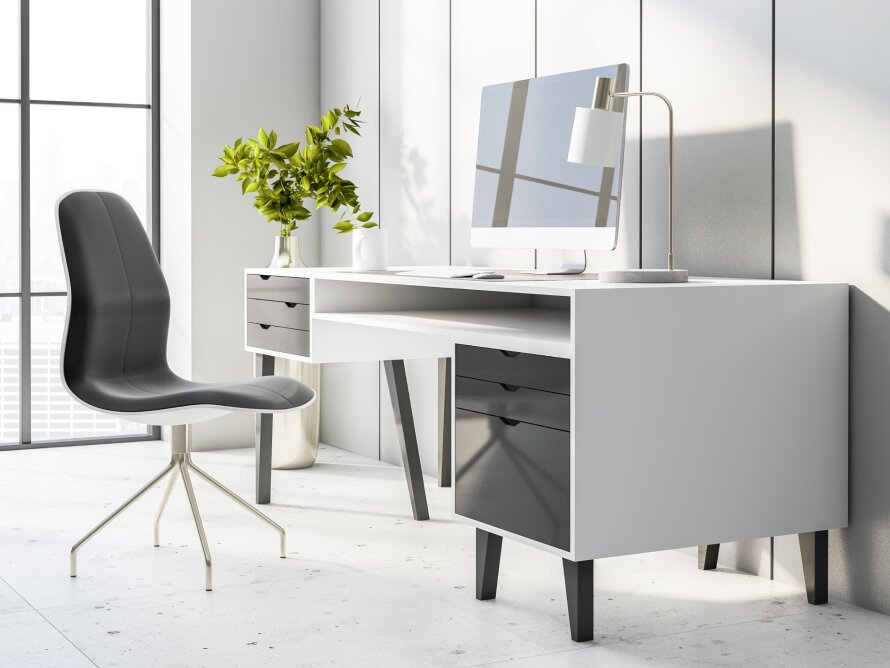
When to Replace Home Office Furniture
With more remote and hybrid jobs available, many homes have a designated home office. With so many hours spent in the room, quality furnishing is key for productivity and comfort.
•
Desks
Desks will need a facelift after 10–15 years of use. Chipped material, permanent cup rings, uneven legs, and drawers no longer cooperating are signs your desk needs to be changed.
Shop Desks
•
Desk Chair
Home office chairs typically last up to 10 years, depending on materials and use. From a structural standpoint, once padding begins to sag, wheels start to fall off, or the knobs to adjust no longer work, it’s time to update. From a health standpoint, we recommend a new chair if you are finding that your legs grow numb or your neck and back ache.
Shop Desk Chairs
Tips for Refreshing the Home Office:
•
When choosing a new desk, consider everything you need—extra storage and drawers, under-desk space (for a walking treadmill or stationary bike), and smart features like cord management or a height-adjustable standing desk.
•
With more people working hybrid and remote jobs, your office chair should support your body. We recommend looking at ergonomic chairs for those who sit for a prolonged period. Fully adjustable armrests, backrests, and seat heights can enhance long-term sitting comfort and physical health.
Shop Home Office Furniture
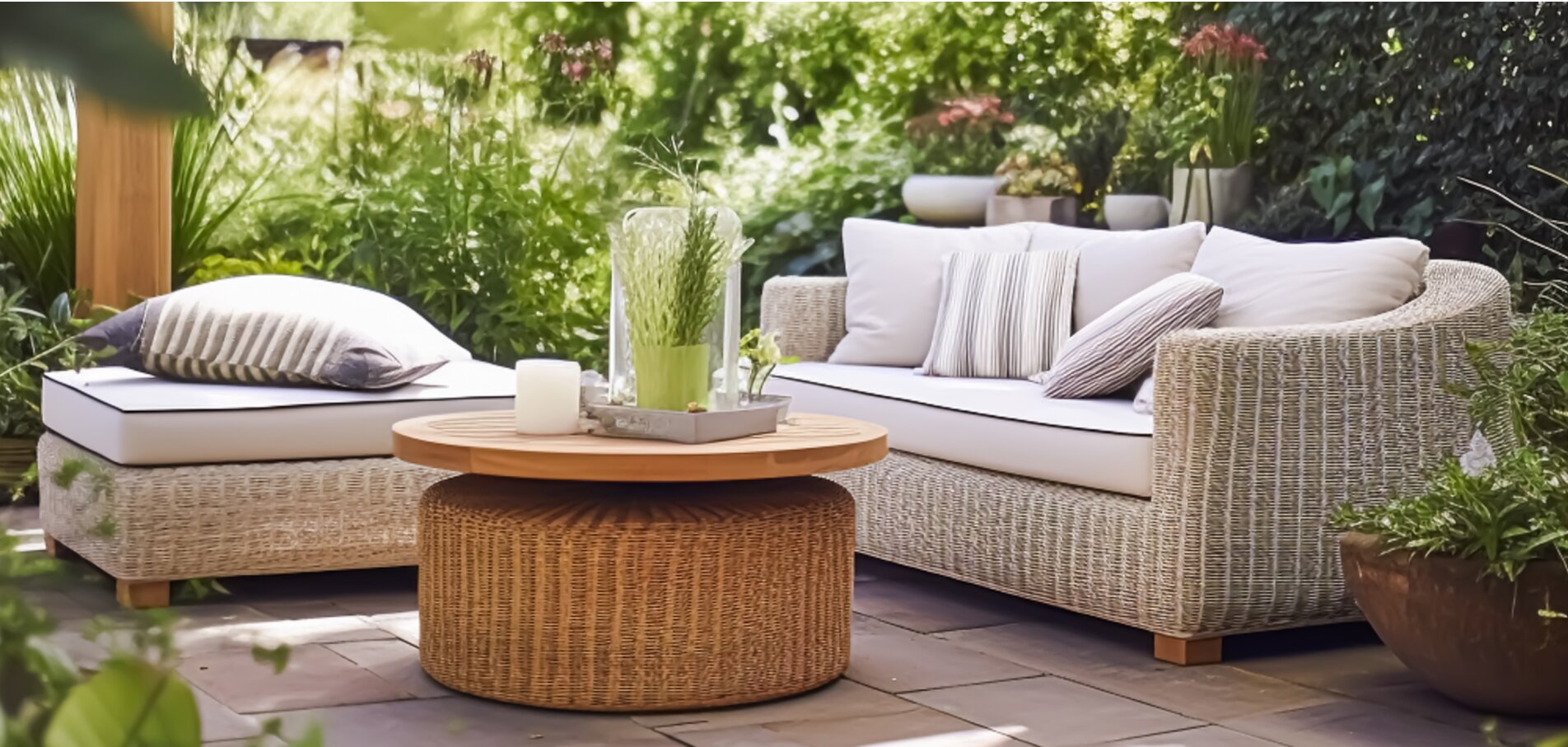

When to Replace Outdoor Furniture
Outdoor furniture is just as important as indoor furniture regarding maintenance and updates. Depending on the materials, placement, weather, and storage, your patio furniture can last between 15–25 years.
For patio furniture, a few red flags include mold, odor, dry rot and cracking, rust, and physical signs of wear and tear. Other less urgent but unsightly signs are unwanted stains and fading colors. Like indoor seating, patio couches with uneven and wobbly legs, creaking, fraying and tearing of upholstery, and low comfort level are signs for an upgrade.
For patio furniture, a few red flags include mold, odor, dry rot and cracking, rust, and physical signs of wear and tear. Other less urgent but unsightly signs are unwanted stains and fading colors. Like indoor seating, patio couches with uneven and wobbly legs, creaking, fraying and tearing of upholstery, and low comfort level are signs for an upgrade.
Tips for Refreshing Outdoor Furniture:
•
Aluminum furniture is excellent because of its durability and low maintenance. Wicker sets offer a timeless look to any patio. Teak patio furniture leans on the more expensive end but gives a more natural aesthetic. High-density polyethylene (HDPE) furniture is known to be weatherproof with its nonporous plastic material.
•
Regarding lifespans, wicker and aluminum furniture can last up to 15 years. Teakwood and HDPE tend to last up to 25 years.
Shop Outdoor Furniture
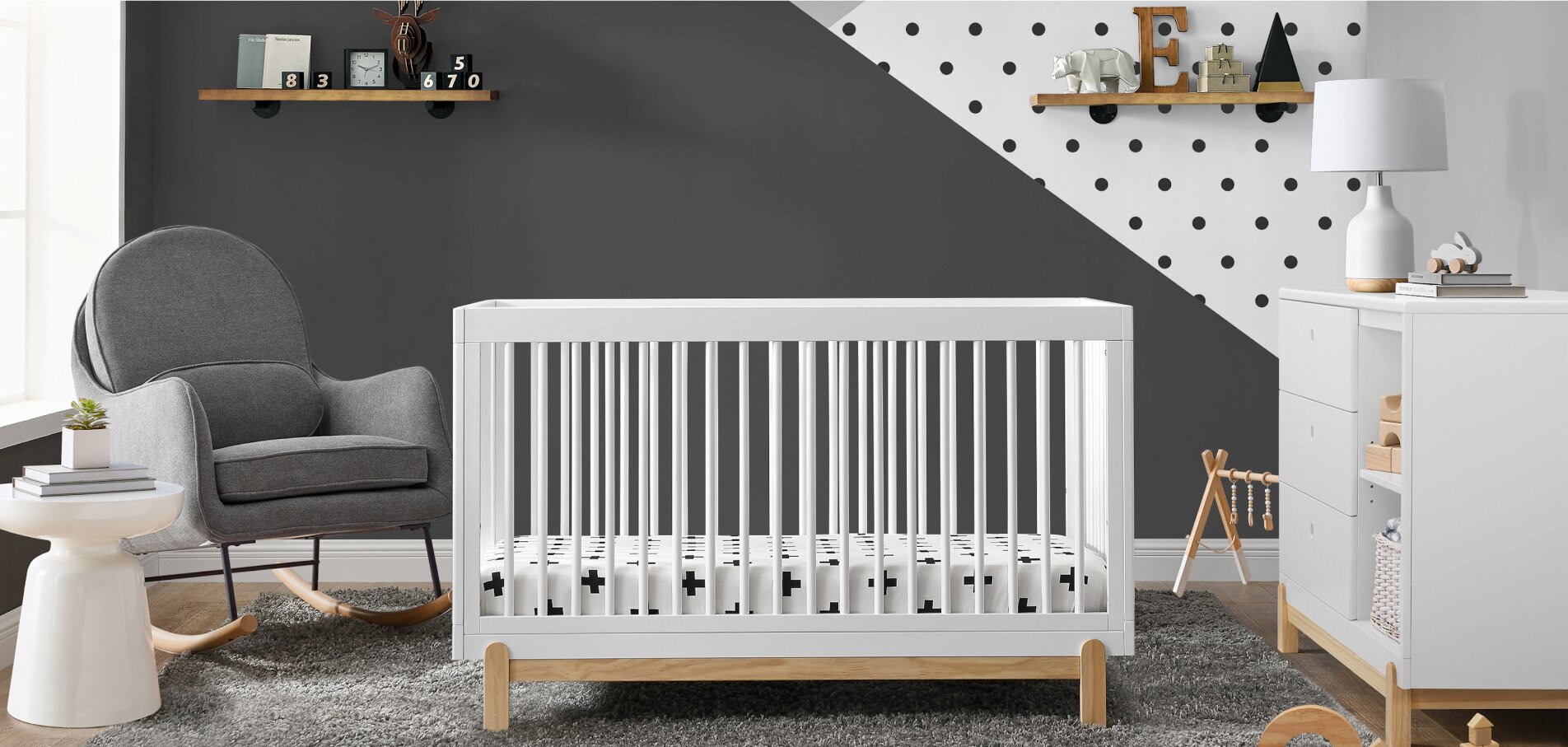

When To Replace Nursery Furniture
When a baby is on the way, you want to ensure your nursery furniture is safe in its structure and material.
•
Cribs
Experts recommend using cribs that are less than 10 years old. While hand-me-downs may have sentimental value, your little one’s safety always comes first. You should also pass on any cribs with drop-side railing since they were banned in 2011. Rickety legs, loose screws, and missing or cracked slats are all significant signs for a change.
Shop Cribs
•
Baby Bedding
When it comes to your baby’s bedding, you should consider washing and changing the bedding once a week. If the material begins to rip and tear, it’s time to get a new set to prevent injury.
Shop Baby Bedding
Tips for Refreshing the Nursery:
•
We recommend investing in cribs that are designed to convert into a toddler bed. Convertible furniture is a great choice for children from infancy to pre-teens. Plus, it’s one less furniture to buy, meaning less money and environmental waste.
•
Your baby’s bedding should be fun and inviting! Let their personalities shine through in the design.
Shop Nursery Furniture
One-stop Shop at Furniture.com
Your furniture should fit your lifestyle needs. Focusing on quality and versatility when choosing furniture will go a long way, and furniture.com has curated options that suit any style. Browse our collections for your perfect fit.